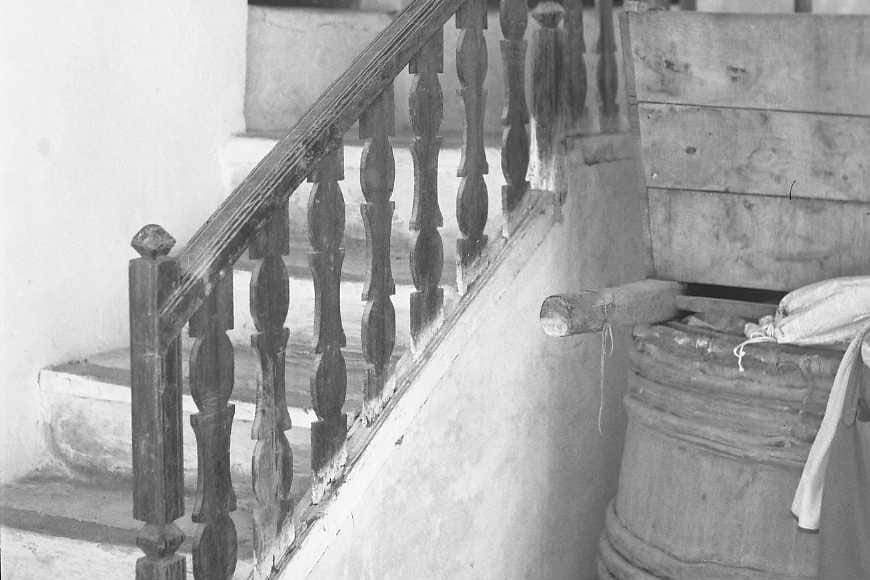It never ceases to amaze how ancient cultures continue to wield influence in the modern day. This is especially true of Phoenician culture in contemporary Ibiza where this ancient civilisation is frequently referenced by images of Tanit – the Phoenician goddess of fertility whose visage is exploited for everything from beach club logos to souvenir liquor bottles.
This maritime empire stretched across the Levant and dominated the Mediterranean between 1500 and 300 BCE. They were not colonisers in the traditional sense, never seeking to control the cultures they settled but instead looking for trade opportunities and ways to exploit the natural resources of wherever they found themselves. Wily, courageous and inventive, the Phoenicians left an indelible mark on Ibiza.

While the influence might be seen in marketing for tourists, it is in the architecture of Ibiza’s old farmhouses where their presence is truly felt. One element that piques interest is the artistic and spiritual symbology of Phoenicia, seen in the small details of Ibiza’s domestic architecture and design. Here we choose three everyday objects that you may not realise are connected to the Phoenicians.
Weaving – chairs and baskets
It’s highly possible you have come across or even sat on a traditional Ibizan chair. Usually made from pine, and these days cut by machine as opposed to being hand-hewed, the connection to Phoenicia shows up in the weaved esparto grass seat. There are around a dozen different patterns each with a connection to Ancient Egypt (a culture that strongly influenced the Phoenicians).
Archaeologists have discovered similar patterns all over North Africa and the Middle East – the Phoenician’s original stomping grounds. Likewise, the popular woven beach baskets beloved by tourists and locals alike also have roots in ancient Phoenicia. A similar basket was found in the ruins of Masada in Israel which was destroyed by the Romans in 73 AD.
Sun and Moon symbols
Solar and lunar symbology appears in most ancient traditions so it’s no surprise they show up in Ibiza. However, the symbols seen on the island are directly related to those seen across the Levant. Most common are metal circular door handles decorated with a zig-zag pattern known as ‘the ring of fire’. It is thought this symbol is a depiction of the duality of life/death, day/night in a continuum as it is experienced in daily life.
Waxing and waning moon symbols still appear in woodwork, most specifically in balustrades. Made up of circles alternating with concaved squares, each bar of the balustrade is positioned to the next creating a positive-negative image related to the cycles of the moon. Along with the image of back-to-back crescent moons these symbols are also found in traditional Ibizan jewellery and have been spotted in ancient African cultures.
Frescoes
It’s almost impossible these days to find any remaining evidence of domestic frescoes, as most farmhouses containing them have fallen into disrepair or been demolished. Confirmation of their existence can be seen in old photographs and contemporary studies, and just a handful have been restored, while many of our modern villa designs feature contemporary frescoes that pay homage to the tradition. A few of Ibiza’s oldest wells, likely the most important ones, have traces of geometric and spiritual frescoes that represent Tanit and life cycles, while several old farmhouses were found to also sport images painted directly onto the walls. Each home was furnished with a religious niche (read more about them here).

Often bordering these inbuilt shelves was a geometric pattern topped with a depiction of Tanit. Similar symbology has been found at other ancient Phoenician sites. These frescoes were not merely decorative but also helped to protect the home from evil spirits. Along with zig-zags and Tanit, the other symbol that frequently appears is the six-petaled rosette – a variant of the Star of David. Used across ancient Palestine as well as in Ibiza and other locations, the rosette was painted over doorways to protect inhabitants from any number of nefarious influences.


